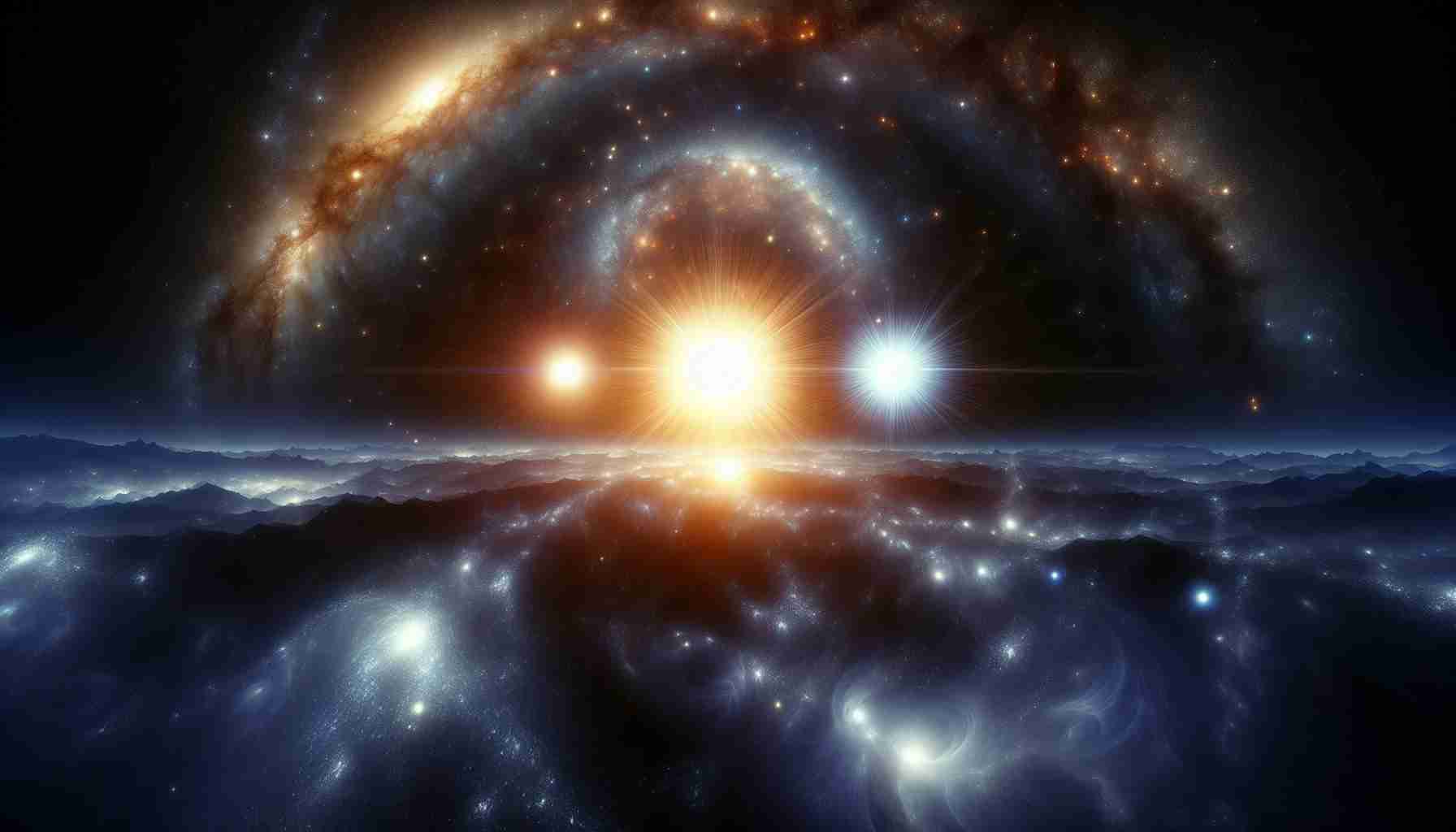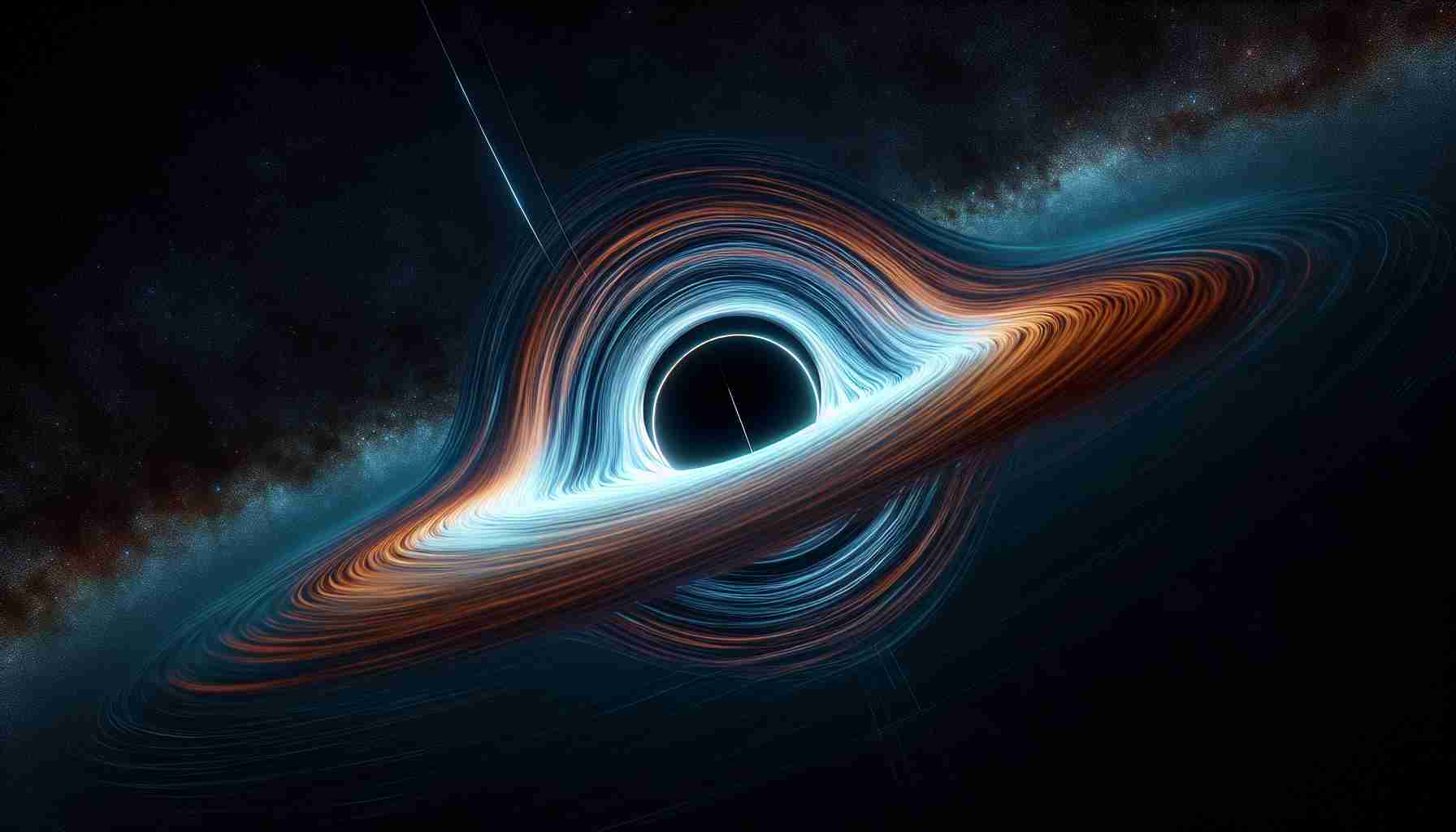Discovery of Triple Supernova Images Unveils Universe Expansion Mystery
An international team of astronomers, under the guidance of Brenda Frye from the University of Arizona, has unearthed a groundbreaking phenomenon in a distant galaxy cluster – the sighting of a triple image of a supernova event named H0pe. This astonishing revelation led to a significant finding related to the current expansion rate of the universe, prompting an unexpected surge in its expansion speed, contrary to existing astronomical predictions.
The supernova event, categorized as Type Ia, resulted from the eruption of a white dwarf star under extreme mass accumulation. However, what set this occurrence apart was the gravitational lensing effect exerted by the massive galaxy cluster, creating three distinct images of the same supernova. These images, following diverse trajectories through space, offer astronomers a unique opportunity to gauge the universe’s expansion rate across different temporal phases.
The sequence of events commenced in 2015 when the Hubble Space Telescope captured images of the galaxy cluster known as G165, renowned for its abundance of star-forming galaxies. Subsequently, Frye’s team revisited the cluster with the James Webb Space Telescope, leading to a serendipitous discovery on March 30, 2023 – three luminous points indicating the presence of a solitary supernova, H0pe.
Utilizing the lensed images of Supernova H0pe, the team conducted a meticulous analysis to derive an independent estimation of the current cosmic expansion rate. Despite encountering challenges due to the irregular shape of the galaxy cluster, the team’s rigorous efforts resulted in a calculated Hubble constant ranging between 69.9 and 83.5 km/s/Mpc. The substantial uncertainty in this value underscores the ongoing scientific quest to discern the intricate dynamics of cosmic expansion.
In a recent development following the groundbreaking discovery of the triple supernova images in galaxy cluster G165, additional fascinating facts have emerged shedding light on the universe’s expansion mystery.
Key Questions:
1. How does gravitational lensing impact the study of supernovae and the universe’s expansion rate?
Gravitational lensing, as demonstrated in the case of the triple images of Supernova H0pe, complicates the direct observation and interpretation of astronomical phenomena. It raises questions regarding the accuracy of measurements and introduces complexities in understanding cosmic expansion.
2. What implications does the unexpected surge in the expansion speed of the universe have on current astrophysical models?
The newfound acceleration in the universe’s expansion speed challenges existing astronomical predictions, leading scientists to revisit and potentially revise prevailing cosmological theories to accommodate this anomaly.
Advantages:
One of the primary advantages of the discovery of triple supernova images is the unique insight it offers into the complex interplay between gravitational lensing, cosmic expansion, and the behavior of supernovae. By studying multiple images of the same supernova event, astronomers can refine their models and gain a deeper understanding of the universe’s dynamics.
Disadvantages:
Conversely, the presence of gravitational lensing introduces uncertainties and complexities into the analysis of supernovae and their implications for cosmic expansion. Determining accurate values for the Hubble constant and other fundamental parameters becomes more challenging in the presence of such lensing effects.
As astronomers continue to unravel the mysteries of the universe through observations of rare cosmic phenomena like the triple supernova images, they face the ongoing challenge of reconciling new findings with existing theories. The dynamic nature of scientific discovery necessitates a willingness to adapt and refine our understanding of the cosmos in response to surprising revelations.
For further exploration of related topics and updates on astronomical breakthroughs, visit NASA’s official website.













